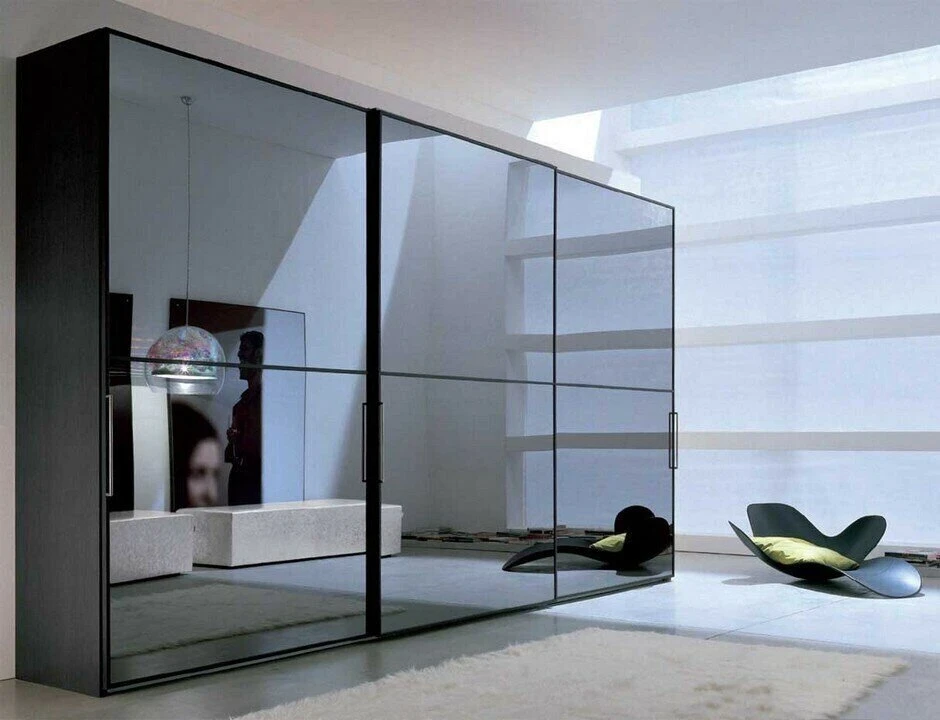

The Fascinating World of Transparent Mirror Glass
In the realm of modern architecture and interior design, transparent mirror glass has emerged as a groundbreaking innovation, capturing the attention of designers, architects, and homeowners alike. This unique material combines the reflective properties of traditional mirrors with the transparency of glass, creating an alluring aesthetic and functional element. Let's delve into the intricate details of transparent mirror glass, exploring its features, applications, and the impact it has on contemporary design.
What is Transparent Mirror Glass?
Transparent mirror glass, often referred to as one-way mirror glass or dual reflective glass, is a remarkable composite material. It is produced by applying a thin layer of metallic coating on one side of a piece of glass. This special coating allows light to reflect off one side while enabling transparency from the other side, depending on the lighting conditions. Under bright conditions, such as daylight, the coated side appears as a mirror, whereas the uncoated side allows for visibility. This dichotomy creates unique opportunities for design and functionality.
Applications in Architecture and Design
1. Commercial Spaces Transparent mirror glass is frequently utilized in commercial buildings, especially in offices, conference rooms, and retail environments. For instance, it provides privacy in meeting rooms while still maintaining a sense of openness. Clients can see into these spaces without compromising the confidentiality of discussions occurring inside.
2. Residential Usage Homeowners increasingly favor transparent mirror glass for its aesthetic appeal and functional benefits. It is often used in bathroom windows, allowing for natural light while ensuring privacy. Furthermore, it can serve as an eye-catching feature in living rooms or dining areas, providing a modern flair that can make spaces appear larger and more inviting.
3. Smart Technology Integration With advancements in technology, transparent mirror glass has also found its way into smart home features. It can be integrated with displays or screens to provide information while maintaining the illusion of a mirror. This innovative application transforms mirrors into interactive surfaces where users can access calendars, news, or even control smart home devices.

The Psychological Impact of Transparent Mirror Glass
In addition to its aesthetic and functional benefits, transparent mirror glass also influences the psychological experience of space. The interplay of reflection and transparency can create a sense of depth and intrigue, often stimulating curiosity. This optical illusion can evoke feelings of spaciousness in smaller areas, making it an essential tool for interior designers looking to enhance the perception of space.
Conversely, the ability to reflect images can be disorienting if not thoughtfully applied. Therefore, it is crucial for designers to carefully consider the placement and proportion of transparent mirror glass in their projects to achieve a harmonious balance between reflection and visibility.
Sustainability and Efficiency
As sustainability becomes increasingly vital in modern design, transparent mirror glass presents an eco-friendly solution. Many manufacturers offer products that integrate energy-efficient properties, such as heat insulation and UV filtering. By incorporating transparent mirror glass into buildings, architects can reduce energy costs associated with heating and cooling, thereby contributing to a smaller carbon footprint.
Moreover, the material can enhance natural lighting in spaces, which reduces the need for artificial lighting during the day. This blend of functionality and sustainability marks a significant step forward in architectural practices.
Conclusion
Transparent mirror glass represents a perfect fusion of style, functionality, and innovation. Its versatility makes it a favored choice among architects and designers, while its captivating nature reshapes the visual experience of spaces. As we move towards more sustainable and technologically advanced designs, the role of transparent mirror glass is increasingly becoming prominent. Whether in commercial or residential settings, this remarkable material is set to redefine the way we interact with our environments, making it an essential component of contemporary design. As applications continue to expand, one can only imagine the endless possibilities that transparent mirror glass will bring to the future of architecture and interior design.